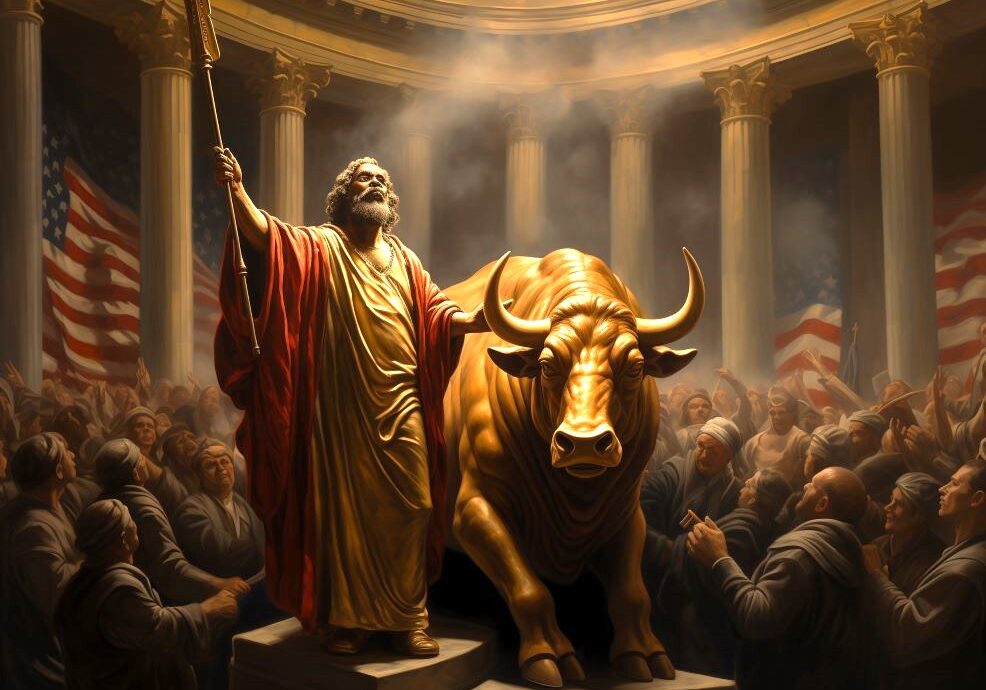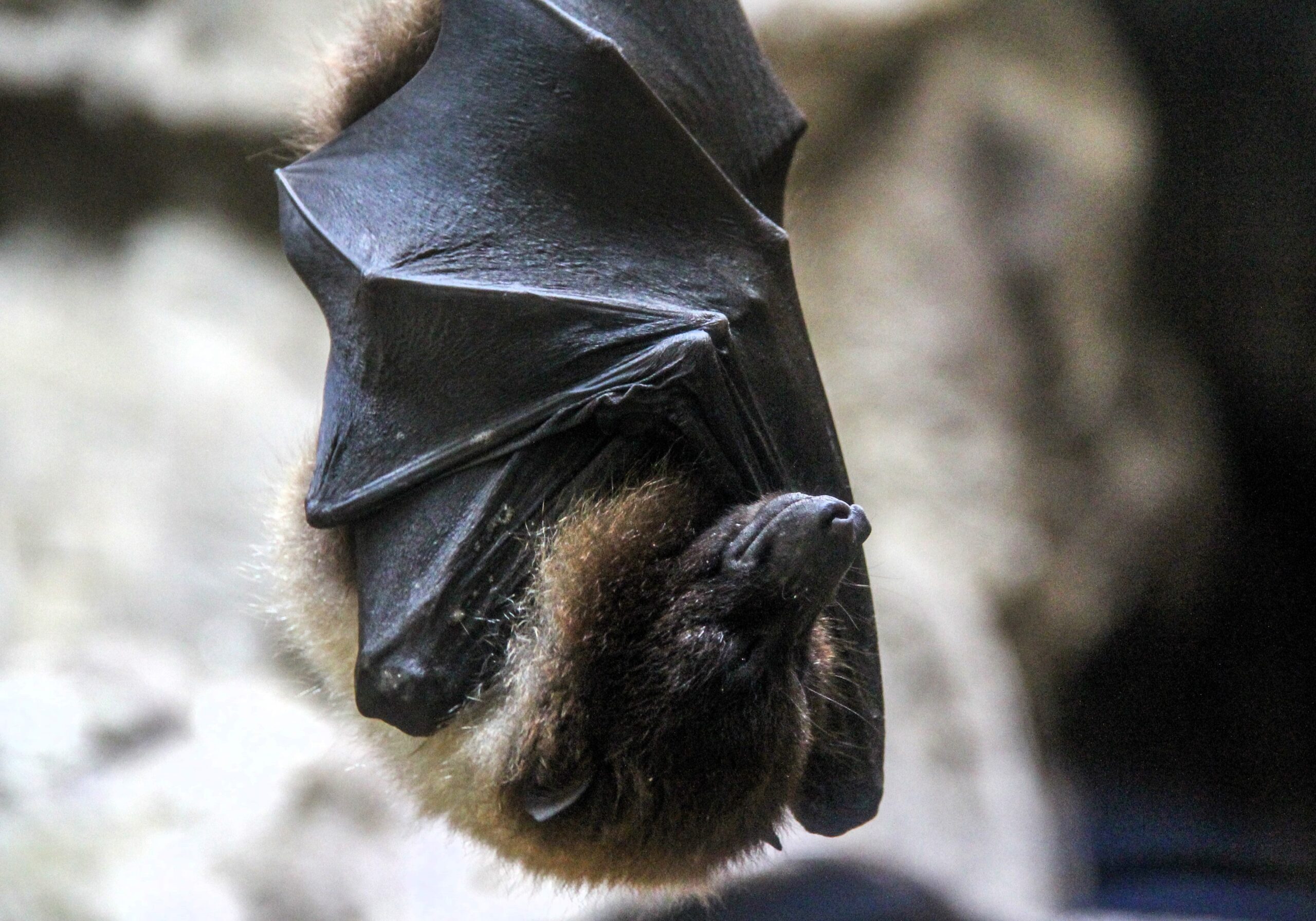"Mining" is a bad word.
I've spent a professional career looking at the ways we humans are hard-wired and socially-trained to respond to words and patterns of words, and "mining" is a particularly evocative word, a word that contains a story arc in and of itself.
It's a negative story.
"Mining" tells a story of extraction and destruction. "Mining" tells a story of aggression against nature, a defilement of nature. What's the first image that pops into your head when you hear the word? I bet it's either giant machines digging a gaping, barren hole in the ground, or grimy men (and only men ... "mining" is the most male of words) entering a dark cavern of hard labor.










Ben, there is no person I have ever known with more creative energy and originality than you. Mamma Mia. This is so cool. The idea seems jusssst on the correct side of the line that separates “visionary/ambitious” from “insane”.
The biggest source of risk I see here is: bad puns.
I came here for the financial insights, empowered by the questions and commentary posed by Ben and Rusty.
I found a lot going on. Only some of it is related to finance.
Pretty much summed up in the following two quotes:
We literally don’t know what we don’t know.How does this affect us? People who don’t ask questions don’t get answers. NEVER be afraid to ask a question, even if everyone you know thinks the answer is obvious. We’ll never progress without the simple question, why?
-Jim OShaughnessy
Knowing isn’t enough. You must act. Action without knowledge is foolish. Knowledge without action is futile.
-Jim OShaughnessy
Thanks Ben, I really like this idea and carbon credits are red hot of course. Check out grainchain.io It’s part of the OSTK/Medici portfolio taken over by Pelion VC. Also, while he appears more focused on energy & metals which are his roots, Josh Crumb at Abaxx Technologies may have some constructive ideas for the technology. Finally for urbanites, check out FreightFarms.com if all of a sudden you’re inspired to grow leafy greens year round.
Cool! I will ponder this more, but the first thing that came to mind is a question of fruitfulness (I can pin too!). Is the value in the plant or in its fruit/yield. In the acre or in its bounty/yield. Seems we would want to reward and value sustainability as measured by outputs relative to inputs. A greenhouse of tomatoes is much more environmentally and economically productive than an equivalent area of field grown tomatoes. And my greenhouse tomatoes are not the same as yours - even if the same genetic variety.
My simple stupid question: If a farmer sells his apple tree token, he still owns the physical tree - correct?
He can still harvest the physical apples from the tree, sell them and keep the proceeds -right? He can still sell the tree and keep the proceeds, he can still cut it down or do anything to it as he still owns the physical tree even though he sold the tokenized tree - right?
Is the above correct or, quite possibly, have I completely missed the entire idea here?
I appreciate any response, even those that say I’m an idiot (I’ve long suspected that anyway) just as long as you show me why.
Thank you.
Can this part of the MPT virtual Forum
As I was reading this article the speech from Atlas Shrugged came to mind when one of the main characters hears a member at a party claim that money is the root of all evil. It is too long to post here, but here is a link to it:
https://www.capitalismmagazine.com/2002/08/franciscos-money-speech/
I don’t think it fits you narrative entirely, but the base concept of what money represents is in there.
Yes. The tokens have absolutely zero claim on anything. They are purely a representation of the growth of an apple tree.
I love the bananas reaching here> Someone’s gotta come up with the big ideas. I love it. Ben you really are one of a kind and I think this is some FASCINATING territory to explore. Can’t wait for volume 2.
Thank you Ben.